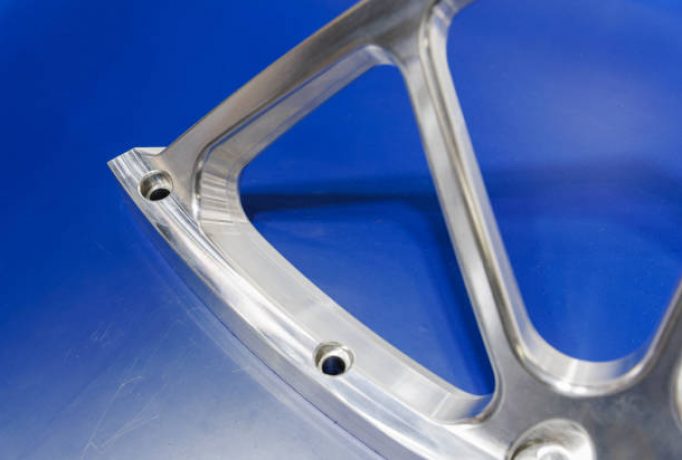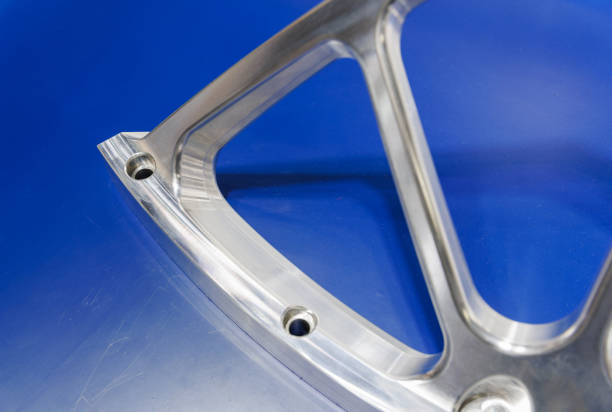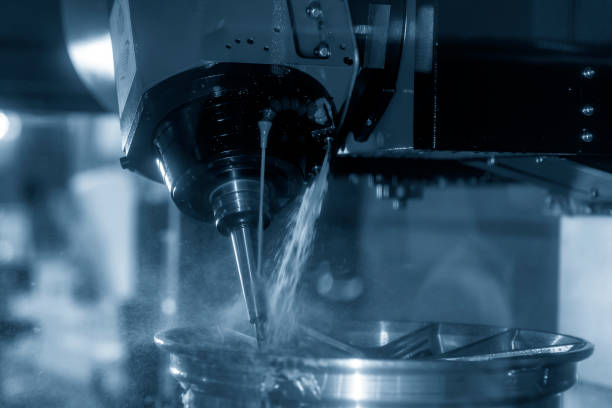The quest for lightweight and high-performance materials has led to significant advancements in magnesium alloys. Known for their remarkable strength-to-weight ratio, magnesium alloys are now being engineered with enhanced properties, making them suitable for a wider range of applications. This article delves into the latest innovations in magnesium alloys, exploring their new features, benefits, and potential uses across various industries.
Why magnesium alloys?
Magnesium alloys are already celebrated for their lightweight nature, which makes them ideal for applications where reducing weight is crucial. However, recent innovations have pushed the boundaries of what these alloys can achieve, enhancing their mechanical properties, corrosion resistance, and overall performance.
Latest Innovations in Magnesium Alloys
- Improved Corrosion Resistance: Traditionally, magnesium alloys faced challenges with corrosion. Recent advancements have focused on developing new alloy compositions and protective coatings that significantly enhance corrosion resistance, making these alloys more durable and suitable for harsh environments.
- Enhanced Strength and Ductility: Researchers are continuously working on improving the mechanical properties of magnesium alloys. Innovations in alloying elements and heat treatment processes have led to alloys with superior strength and ductility, broadening their application scope.
- Thermal Stability: Modern magnesium alloys are being engineered to maintain their properties at higher temperatures. This thermal stability is particularly beneficial for automotive and aerospace applications, where components are subjected to extreme conditions.
Applications of Innovative Magnesium Alloys
The enhanced properties of these new magnesium alloys open up a plethora of applications across various industries.
- Automotive Industry: The automotive sector benefits greatly from lightweight materials. Advanced magnesium alloys are used in engine components, transmission cases, and body panels, contributing to improved fuel efficiency and performance.
- Aerospace Industry: The aerospace industry values lightweight yet strong materials. Innovative magnesium alloys are increasingly being used in aircraft components, helping to reduce weight and improve fuel economy.
- Electronics: Magnesium alloys are finding their way into the electronics industry due to their excellent thermal conductivity and electromagnetic interference (EMI) shielding properties. They are used in the casings of laptops, smartphones, and other electronic devices.
- Biomedical Applications: With biocompatibility and biodegradability, certain magnesium alloys are being explored for use in medical implants, such as screws and plates for bone fracture fixation.
Future Prospects
The future of magnesium alloys looks promising as research and development continue to enhance their properties and expand their applications. Innovations in alloy compositions, manufacturing processes, and surface treatments will likely lead to even more advanced magnesium alloys that can meet the demanding requirements of various industries.
Conclusion
Innovative magnesium alloys are at the forefront of material science, offering enhanced properties that make them suitable for a wide range of applications. From automotive and aerospace to electronics and biomedical fields, these advanced materials are poised to play a crucial role in the future of technology and industry.








